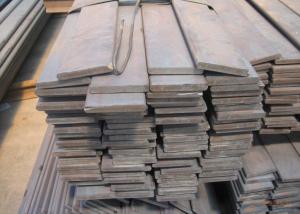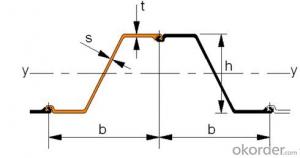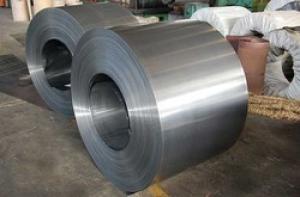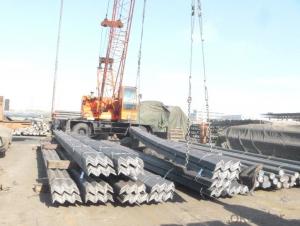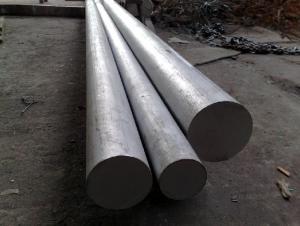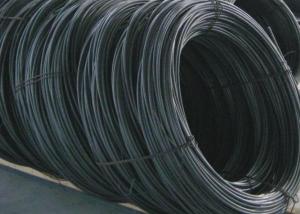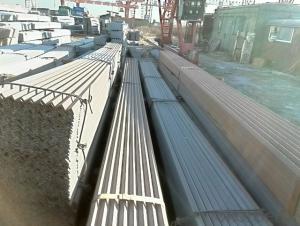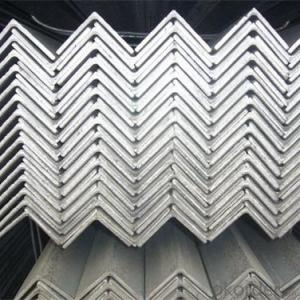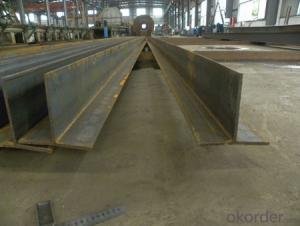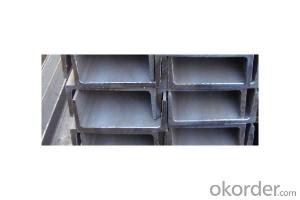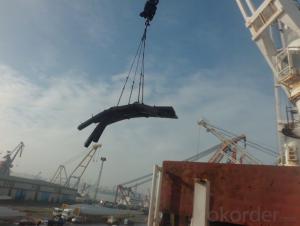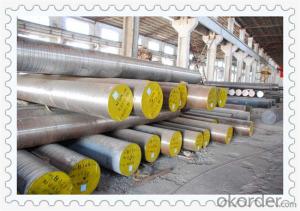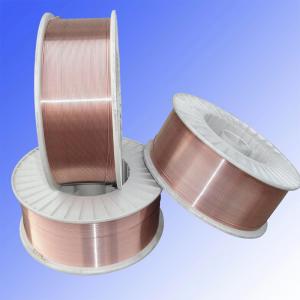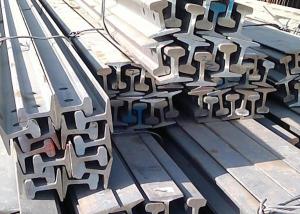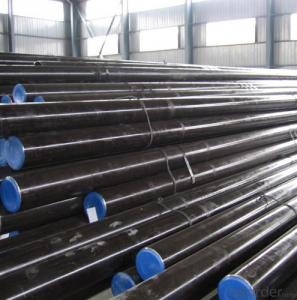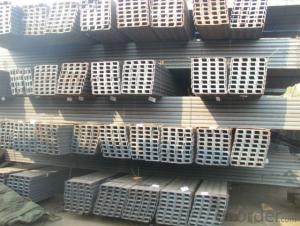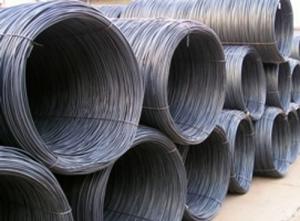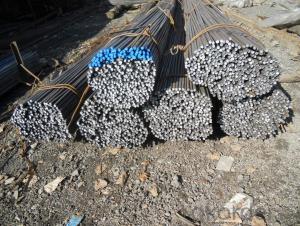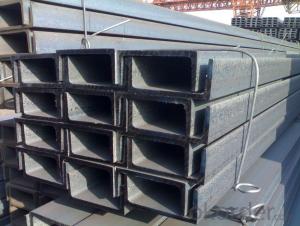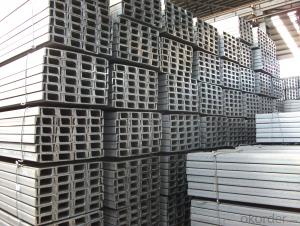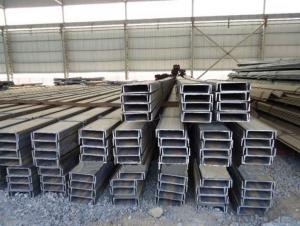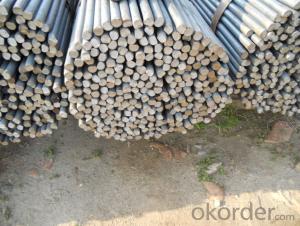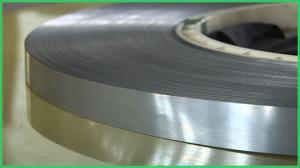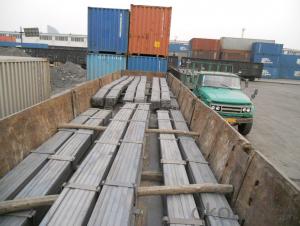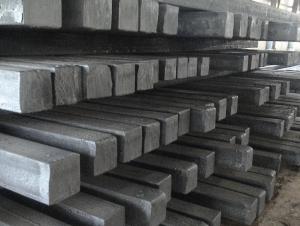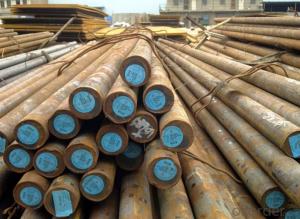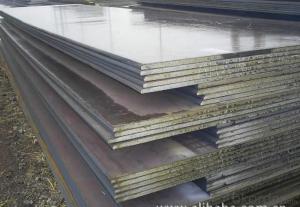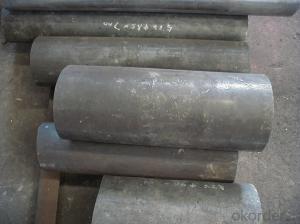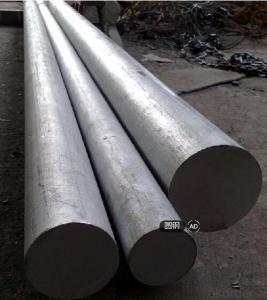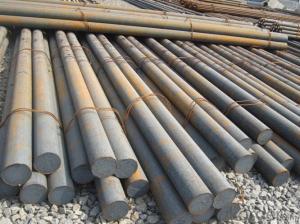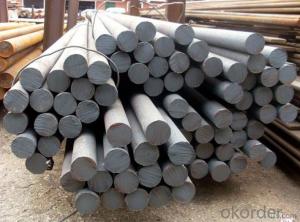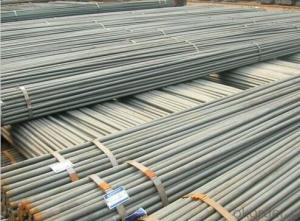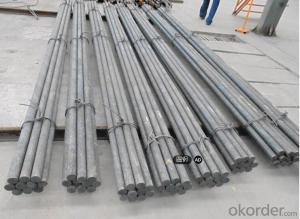Hot Rolled Steel
Hot Rolled Steel Related Searches
Hot Rolled Steel Plate Hot Rolled Mild Steel Cold Rolled Steel Hot Rolled Steel Price Hot Rolled Steel Prices Hot Rolled Steel Futures High Speed Steel Cold Rolled Steel Plate Hot Dipped Galvanized Steel Hot Rolled H Beam Us Hot Rolled Coil Hot Rolled Pickled Coil Hot Rolled Coil Steel Prices Hot Dip Galvanized Steel Hot Rolled Coil Steel Price Hot Rolled Coil China Hot Rolled Coil Hrc Hrc Hot Rolled Coil Hardened Stainless Steel Hot Rolled Coil Suppliers Hot Rolled Coil Process Stainless Steel Roller Galvanized Steel Roll Sunsirs Hot Rolled Coil Bilstein Cold Rolled Steel Heat Color Stainless Steel Heat Treating Stainless Steel Colored Stainless Steel Meps Hot Rolled Coil Cold Rolled Steel PriceHot Rolled Steel Supplier & Manufacturer from China
Hot Rolled Steel is a type of steel that has been processed through a series of rollers at high temperatures, resulting in a tough and durable material. It is known for its strength and resistance to wear, making it an ideal choice for a variety of applications. This product is widely used in construction, automotive, and manufacturing industries, where its versatility and reliability are highly valued. Hot Rolled Steel can be found in various forms such as sheets, plates, and coils, catering to different requirements and specifications.Hot Rolled Steel is utilized in numerous scenarios, including the fabrication of structural components, machinery parts, and transportation equipment. Its properties allow it to withstand high levels of stress and pressure, making it a popular choice for heavy-duty applications. Additionally, the product's malleability enables it to be easily shaped and formed into various configurations, further expanding its range of uses. As a result, Hot Rolled Steel has become an essential material in numerous industries, contributing to the development and progress of various projects.
Okorder.com is a leading wholesale supplier of Hot Rolled Steel, boasting a vast inventory that caters to the diverse needs of clients across different sectors. With a commitment to quality and customer satisfaction, Okorder.com ensures that the Hot Rolled Steel products they offer meet the highest standards of performance and reliability. By providing a comprehensive range of Hot Rolled Steel products, Okorder.com has established itself as a trusted source for businesses and individuals seeking top-quality steel materials for their projects.
Hot Products
